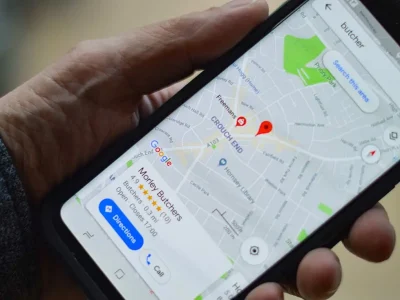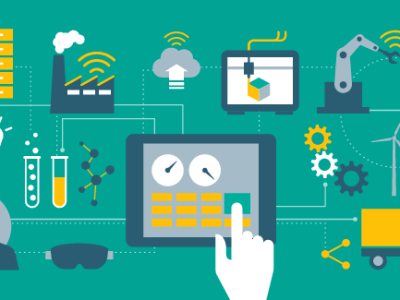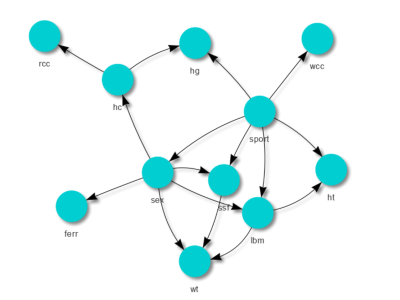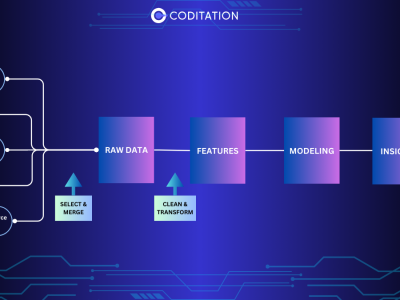In today’s fast-moving tech world, many applications are built using a distributed architecture. This means different parts of the application run on different systems, services, or even locations. These parts work together to deliver a smooth experience for users. But with so many moving pieces, it can be hard to know what’s happening when something goes wrong. That’s where end-to-end observability comes in.
Observability is the ability to understand what’s going on inside your application just by looking at the data it produces. This includes logs, metrics, and traces. When you can see everything that’s happening in your system, from start to finish, it becomes easier to find problems, improve performance, and make your app more reliable.
If you’re learning software development through a full stack developer course in Hyderabad, or anywhere else, observability is one of the key skills you’ll need. It helps you build apps that don’t just work, but also work well under real-world conditions.
What is End-to-End Observability?
End-to-end observability means you can track what happens throughout your entire application — from the user clicking a button on the frontend to the server processing the request, the database fetching data, and the response coming back.
It gives you a complete picture of how your app behaves in production. You can detect errors, slow responses, or strange behavior, and fix them faster. It also helps teams understand how different parts of the app affect each other.
Observability is very important in full stack applications, especially those built with modern tools and cloud platforms. It makes sure your app runs smoothly, even when it scales or becomes more complex.
Why Distributed Full Stack Applications Need Observability
In traditional apps, everything might run on one server, making it easier to monitor. But full stack apps today are often distributed. Here’s what that means:
- The frontend runs in the user’s browser
- The backend runs on one or more servers
- Databases are often hosted separately
- APIs call external services
- Some parts may even run on cloud functions
When something breaks, it’s not easy to figure out where the issue is. A user might see a loading screen that never ends, but the problem could be with the backend, the database, or even a third-party API.
That’s why observability is essential in distributed systems. It helps you trace the path of each request and find the root cause of problems. If you’re studying in a developer course, understanding how to observe and debug distributed apps will help you handle real-world challenges with confidence.
Three Pillars of Observability
To achieve full observability, developers rely on three main types of data:
1. Logs
Logs are records of what happens in the application. They show events like errors, user actions, or system messages. For example, when a user logs in, a log might show: “User JohnDoe successfully logged in at 10:32 AM.”
Logs help developers understand what has happened in the past. They are especially useful for finding errors and checking system behavior.
2. Metrics
Metrics are numbers that show how the system is performing. These include:
- How long requests take
- How much memory is being used
- How many users are active
- How many errors happen in an hour
Metrics help you measure performance and health over time.
3. Traces
Traces follow a single request as it moves through different parts of the system. They show how long each part takes and where delays happen. Tracing is helpful for finding slow points and understanding the flow of data.
By using logs, metrics, and traces together, you get a full view of your system. This helps developers fix issues quickly and improve the overall experience.
Observability in Full Stack Development
When you’re building a full stack app, observability should be part of your plan from the beginning. Whether you are working on the frontend or backend, you can include tools that collect useful data and help you monitor the app after it is deployed.
Frontend Observability
On the frontend, observability helps track:
- Page load times
- User clicks and actions
- JavaScript errors
- Network request times
You can use tools like:
- Google Analytics for user behavior
- Sentry for error tracking
- Lighthouse for performance metrics
These tools help you make sure users are getting a smooth and fast experience.
Backend Observability
On the backend, you can track:
- API response times
- Server errors
- Database queries
- CPU and memory usage
Popular tools include:
- Prometheus and Grafana for metrics
- ELK Stack (Elasticsearch, Logstash, Kibana) for logs
- Jaeger or Zipkin for tracing
Backend observability helps you catch problems early and keep your server healthy.
These are the kinds of tools and techniques students often explore in a developer course to prepare for real-world applications.
Challenges in Observability
While observability is powerful, it also has its challenges:
- Too much data: Collecting logs and metrics from every service can create a lot of information. It’s important to focus on what matters.
- Data storage: Storing and managing observability data takes space and can be expensive.
- Alert fatigue: Getting alerts for every small issue can be distracting. It’s better to set smart alerts that highlight real problems.
- Complexity: Distributed systems are harder to trace. It takes planning to make observability work properly.
Even with these challenges, observability is worth the effort. It saves time, improves user satisfaction, and helps teams move faster.
Observability Best Practices
Here are some best practices to follow when adding observability to your apps:
- Start early: Add logs and metrics during development, not after.
- Keep it consistent: Use the same format and labels in your logs and metrics.
- Use unique IDs: Assign a request ID to every action, so you can follow it through the system.
- Focus on what matters: Track important actions like login, checkout, or data updates.
- Set alerts wisely: Only alert the team for real problems, not every warning.
- Use dashboards: Create visual dashboards that show your app’s health at a glance.
These habits make it easier to keep your app running smoothly, and they are often part of the learning process in a developer course or other cities.
Real-World Example
Let’s imagine a simple full stack e-commerce app.
- A user clicks “Buy Now” on the frontend.
- The request goes to the backend to create an order.
- The backend checks inventory from another microservice.
- It saves the order in the database.
- Finally, it sends a confirmation email.
If something goes wrong, it’s hard to know where the problem is unless you have observability.
With proper logs, metrics, and traces, you could quickly see that:
- The order request reached the backend.
- Inventory service took too long to respond.
- The order was saved, but email failed.
Now, instead of guessing, you know exactly where the issue is and how to fix it.
Final Thoughts
End-to-end observability is a must-have in modern full stack development. It helps you monitor your app from the user’s click to the backend response and everything in between. It’s the key to building systems that are not just functional, but reliable, fast, and easy to fix when things go wrong.
If you’re enrolled in a full stack developer course, learning about observability early on will prepare you for the kinds of problems that real companies face every day. Observability gives you control over your app, helps you respond to issues faster, and makes your team more efficient. It turns complex systems into clear, understandable ones. As apps grow more connected and distributed, end-to-end observability is the tool that helps you keep everything running smoothly.
Contact Us:
Name: ExcelR – Full Stack Developer Course in Hyderabad
Address: Unispace Building, 4th-floor Plot No.47 48,49, 2, Street Number 1, Patrika Nagar, Madhapur, Hyderabad, Telangana 500081
Phone: 087924 83183








Comments